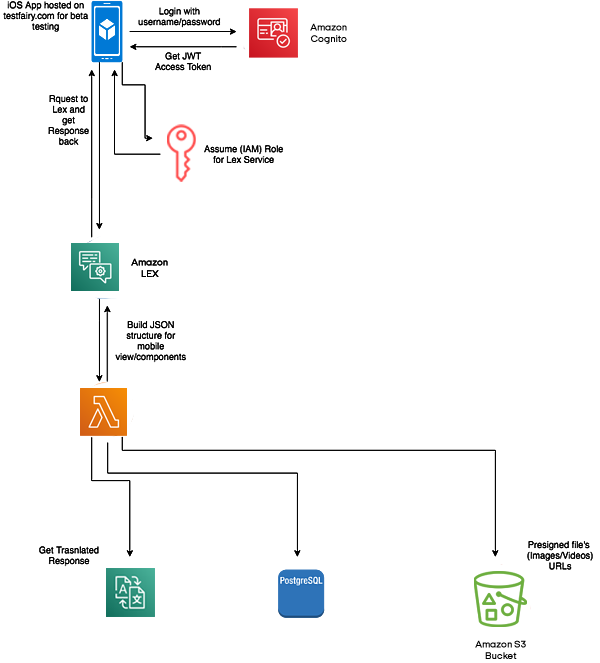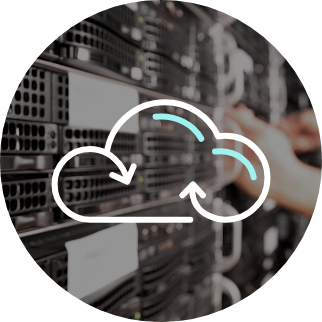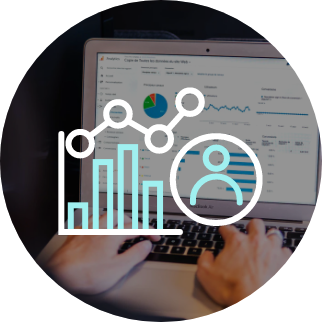How the Project Started
Srijan started working with the client in 2015, collaborating on an application that simplified the development of standardized marketing collaterals. In 2016, they started working to create a solution that would improve the efficiency of the client’s existing cleaning solutions.
The client’s primary products are cleaning chemicals and equipment. In addition to that, they offer equipment servicing, which is a key revenue stream for them. While the client does not manufacture the cleaning machinery, they do equip them with IoT sensors that transmit performance data and allows the client to automate servicing for their customers.
Srijan worked with the client to help onboard assets to the IoT ecosystem, and collect, monitor, and analyze sensor data from various customer locations.
The Srijan team helped create interactive data visualization dashboards that presented all this data, and allowed client stakeholders, and their customers, to analyze it in real time. This is what helped the client track equipment conditions across their customer sites, and automatically offer servicing as and when required.
The Challenge
While the dashboards were a great resource, they had a few drawbacks:
- They required a log-in and were not always remotely accessible
- There was time and effort involved in finding the right data in the dashboard
The Solution
In order to work around these challenges, Srijan proposed the introduction of chatbots in addition to the dashboards. The chatbot was designed to deliver the following benefits:
Fast and easily understandable information
The chatbot worked on an “asked-and-answered” approach. This eliminated the need to log onto a dashboard, and filter and manipulate the controls to find the data you need. The client can simply ask a query and the bot would analyze all necessary data to give a clear answer.
For example, by asking the chatbot, “How well are Customer X’s machines performing?”, the client exec could get an idea of:
- All machines assigned to customer A, in any region
- Performance metrics for each machine
- A quick read out of which machines, in which locations, will soon need servicing
Here’s a look at what kinds of information the bot can deliver:
- Equipment performance metrics
- Equipment health
- Savings potential
- Which equipment to use in which scenario
Simplified access to information
The chatbot was made available via mobile apps, and could be used anytime, anywhere to access the information required.
Because the bot is easy to use and does not require people to look at and analyze a lot of data, it has seen increased adoption, both by the client, and their customers.
Introducing Other Chatbot Use Cases
Besides real-time reporting, Srijan teams also created chatbot PoCs for two other use cases for the company:
Automate internal processes
Enterprise operations such as ticketing, travel resourcing, customer care, customer onboarding etc. could all be streamlined to save the company’s time and resources.
For example:
- The chatbots could access all company documentation to quickly answer employee queries on salary, leave policy and other relevant information.
- An employee intending to book a flight could simply use the chatbot to access the travel interface, where he could provide details of his destination and date of journey and plan his travel requirements. He could also send automated leave applications to his department head, and inform others in his department of his absence, all via the chatbot
Real-time assistance for field teams
Field teams out for equipment repair and servicing could use chatbots to quickly access necessary information like technical specification and manuals. Any challenges they face during repairs could be directly addressed to the chatbots, and correct answers received. Also, with the help of AWS DeepLens a field team member can directly communicate with an offsite expert when stuck, as well as run machine learning models to allow the chatbot to master the process.
The Technology
The Srijan team worked closely with the client to create a solution architecture that catered to all their requirements.

Some of the key technology solutions leveraged for the chatbots were:
- Amazon Lex: Lex was used as the base interface for building the chatbots. Deep learning functionalities and natural language understanding in Lex allowed us to create conversations that accurately captured the business logic that the client wanted.
- Amazon Cognito: This was used to for user authentication and authorizations. The data delivered via the bots also had to be access-controlled, with different users able to view only specific parts of it. This was also enabled with Cognito.
- AWS S3: The object storage service was used to store all assets displays by the bots - videos, images, icons etc.
- AWS Lambda: This was used for all computation functions that allowed the chatbot to answer data analysis queries. All the calculation code was written in Python and uploaded to Lambda, which triggered it whenever there was a relevant chatbot query. As we expect the chatbot solutions to be used by both the client, and their clients, Lambda was an easily scalable solution to use.
- Frontend Apps: The chatbots were delivered as web and native mobile applications, using Swift for iOS, Java for Android, and HTML and JavaScript for the web application.
Business Benefits
- The bots ecosystem helped the client close (upsell) business worth of 90 million USD
- One of the bots increased the user retention of the beta user group from 8% to 42%, which allowed the sales team to upsell more of the products.
- The bot applications allowed the analytics team to automate a lot of tasks happening over spreadsheets.
Srijan is an Advanced Consulting Partner for Amazon Web Services (AWS). It is currently working with enterprises across media, travel, retail, technology, and telecom to drive their digital transformation, leveraging a host of AWS solutions. Srijan's expert team of certified AWS engineers are working with machine learning and natural language understanding to create interesting enterprise chatbots for diverse industry use cases.
Looking to develop an effective enterprise bot ecosystem? Just drop us a line and our team will get in touch.







